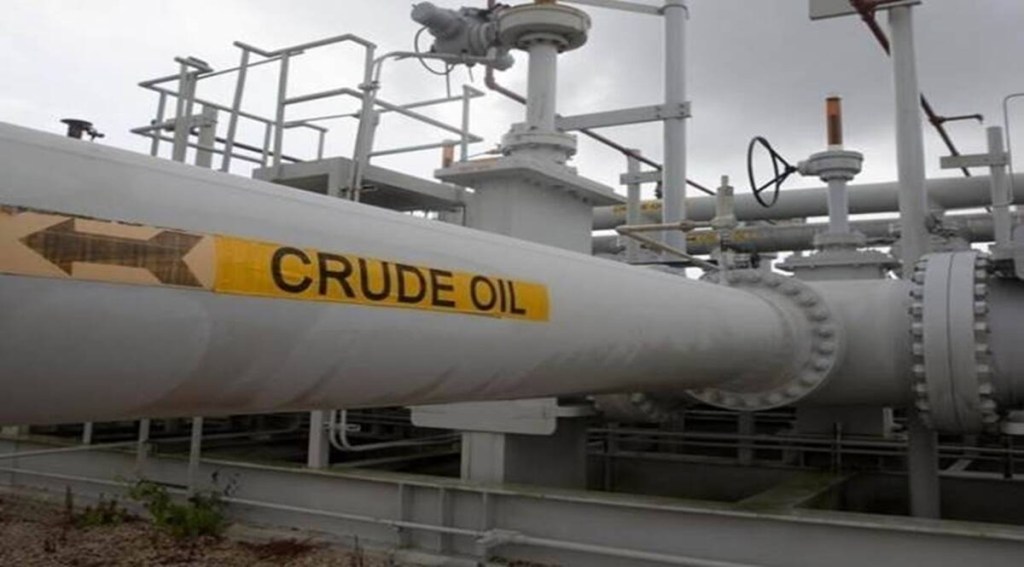Higher crude oil and food prices may weigh on government finances, weaken consumption demand and widen current account deficit in 2022-23, analysts say.
“We maintain our outlook for 100bp of policy repo rate hikes in 2022, starting in June,” Nomura says. It said higher oil prices will increase the risk of CPI inflation breaching the upper bound of the RBI’s 2-6% inflation range, pushing the RBI further behind the curve. “There appears to be an upside risk of 90-100 bps to RBI’s inflation of 4.5% for FY23 if oil price averages to $90/bbl and 100-130 bps upside if oil price averages to $100/bbl,” according to SBI Ecowrap. “We are, however, hopeful of a significant course correction in oil prices going by trends,” it says.
However, if the central government reduces the excise duty on petroleum products and prevents the prices of petrol and diesel from rising, then it will incur excise duty loss of Rs 8,000 crore/month, an SBI report notes. “If we assume that the reduced excise duty continues in the next fiscal and assuming petrol and diesel consumption grow around 8-10% in FY23, then the revenue loss of the government would be around Rs 95,000 crore to Rs 1 lakh crore for FY23. In this context, the FY23 Budget numbers that are pegged conservatively would act as a clear counter cyclical buffer for such revenue loss,” according to the SBI report.
“It is possible that the RBI may reconsider its growth and inflation forecasts and its policy stance early in the next fiscal year,” said DK Srivastava, chief policy advisor, EY India. RBI has pegged real GDP growth to be 7.8% in 2022-23.
Nomura feels rising crude oil prices are a negative terms-of-trade shock for consumers and businesses, and every 10% increase in oil prices would shave off about 0.20pp from GDP growth. “A 10% rise in crude oil prices typically widens the current account by 0.3% of GDP and, while our projection for current account deficit at 2.6% of GDP for FY23 — up from 1.7% of GDP expected in FY22 — already assumes elevated oil prices in FY23 (average of ~$87/bbl), it is susceptible to a further widening,” Nomura adds.
“A 10% rise in crude oil prices typically leads to a 0.3-0.4pp rise in headline inflation, which would follow pending price adjustments, given that pump prices of petrol, diesel and LPG have been frozen since November due to the state election (we expect petrol prices to rise by ~10% and LPG prices by much more in coming months). We already have an elevated outlook for CPI inflation in FY23 at 5.8%, which is much higher than the RBI’s projection of 4.5%,” Nomura noted.
In January 2022, CPI inflation had risen to a seven-month high of 6%, touching the upper end of the RBI’s tolerance range.

